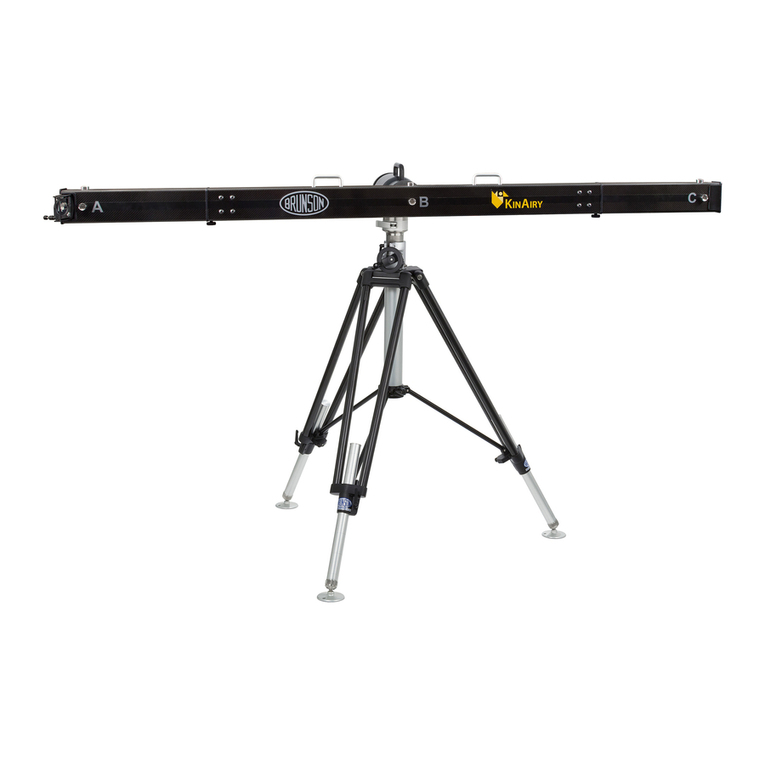
Model 190 and Model 160 Family of Optical Micrometers4
before you make an adjustment.
For this test, select a reference target with graduations correspond-
ing to the micrometer range on either side of zero. If, for example,
the micrometer has a range of plus or minus .100", the target should
have graduations .100" apart (though these need not be the only
graduations on the target). Place the target about three feet from
the Test Instrument and at least nominally perpendicular to its opti-
cal axis. To begin this test, the micrometer can be oriented to meas-
ure either vertical or horizontal distances.
1. With the micrometer mounted on the Test Instrument, set the
micrometer drum to zero. While looking through the Test Instru-
ment, use the tangent screws to bring the reticle image into register
on one of the target graduations corresponding to the micrometer
range.
2. Turn the micrometer drum to move the measuring reticle line
(the line that moves when you turn the drum) to the next target
graduation corresponding to the micrometer range. With the reticle
line precisely registered on the second target graduation, the mi-
crometer reading should exactly correspond to the interval between
the target graduations. If the two numbers do not correspond, re-
cord the difference and repeat the test to confirm the validity of
your error observation.
3. Repeat steps one and two, only this time turn the micrometer
drum the other direction to check the other end of the micrometer
range.
The micrometer range should be symmetrical (same reading in ei-
ther direction) and its length accurate, with less than one half of one
minor drum graduation of error in any dimension. If error is
found, follow the next sequence of adjustments carefully, in the or-
der it is written.
When range error is greater at one end than it is at the other, the
micrometer drum (and thus the sector pin) is not centered over the
optical axis of the micrometer. You must correct this asymmetry of
the range before you can check range length.
1. Notice which end of the range shows longer error, then move the
drum assembly a little to one side or the other (see Figure 1) using
the small Allen screws in the sides of the micrometer body. You
may have to loosen the front or back Allen screw a bit to allow the
drum assembly to move.
2. Recheck backlash and recalibrate zero centering (in that order)
after each adjustment, then recheck range symmetry.
Continue the cycle of checking and adjusting until range error is
within one half of one minor graduation of being equal on both
Once you have made the
range even on both sides
and corrected zero center-
ing, range length should
be relatively easy. How-
ever, it can be difficult to
change range length with-
out putting range symme-
try off a little. Try walk-
ing them in slowly, ad-
justing each axis a little at
a time.
Range adjustments are
very delicate. About a
quarter turn of the screws
is enough to change sym-
metry by half a minor
graduation.





























